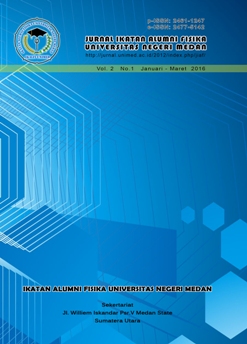KARET LEMBARAN YANG TERBUAT DARI CAMPURAN SERBUK BAN BEKAS DAN KARET ALAM YANG DISETARAKAN DENGAN SIR-20 UNTUK PEMBUATAN SOL SEPATU OLAH RAGA
DOI:
https://doi.org/10.24114/jiaf.v2i1.3674Keywords:
Powder waste tires, filler, rubber vulcanizate, technical property of rubber goodsAbstract
The study of waste tires powder processing as a filler on making shoe sole has been done. On the research, it has been found the vulcanizate technical on natural rubber of shoe sole by using waste tires powder and was compound to the tecto the technical specification of shoe sole according to Indonesia Natural Standard. The process of making waste tires powder triller 60 mesh particle size has been done by steps of procces, producing of particle size, washing, drying and screening. The vulcanizate of natural rubber shoe sole wich contained waste tires powder and using press molding technical at 1800 for 4,50 minutes. The result of the research showed that the vulcanizate of shoe sole natural rubber containing waste tires powder triller 60 mesh could be used to manufacturing sport shoe sole because its vulcanizate had enough technical process accoording to Indonesia National Standard 06-1844-199 Ed 1.2Downloads
Published
2016-04-08
Issue
Section
Articles
License
Authors who publish with this journal agree to the following terms:- Authors retain copyright and grant the journal right of first publication with the work simultaneously licensed under a Creative Commons Attribution License that allows others to share the work with an acknowledgement of the work's authorship and initial publication in this journal.
- Authors are able to enter into separate, additional contractual arrangements for the non-exclusive distribution of the journal's published version of the work (e.g., post it to an institutional repository or publish it in a book), with an acknowledgement of its initial publication in this journal.
- Authors are permitted and encouraged to post their work online (e.g., in institutional repositories or on their website) prior to and during the submission process, as it can lead to productive exchanges, as well as earlier and greater citation of published work (See The Effect of Open Access).

